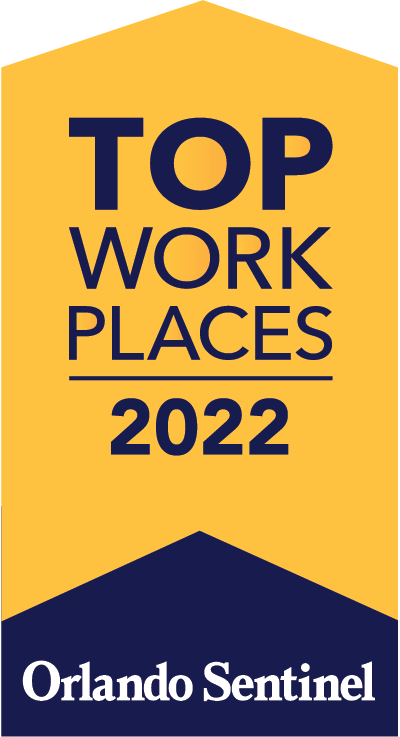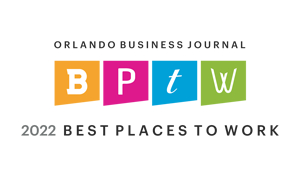Hurricane Season – How Collage is Preparing
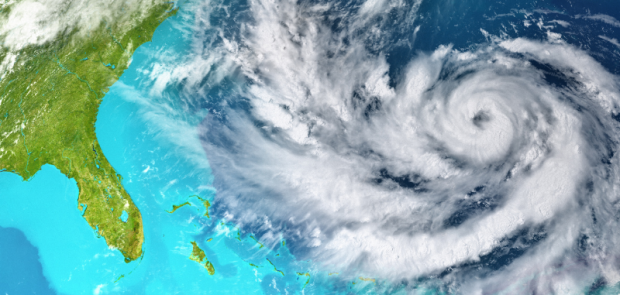
Having been through nearly 40 hurricane seasons in Central Florida, The Collage Companies stands ready with hurricane preparedness measures for their commercial construction jobsites during the 2021 season which kicked off on June 1st. According to the National Oceanic and Atmospheric Administration’s (NOAA) Climate Prediction Center, before the end of this season in November, we may see 13 to 20 named storms (39+ mph winds), of which 6 to 10 could become hurricanes (74+ mph winds), including 3 to 5 major hurricanes (category 3, 4 or 5; with winds of 111+ mph).
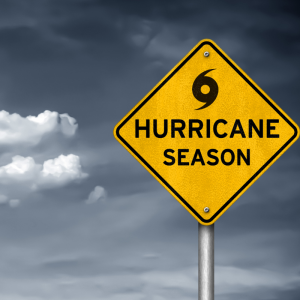
Florida is in the heart of hurricane alley, an area of warm water in the Atlantic Ocean stretching from the western coast of Northern Africa to the eastern coast of Central America, Southern United States, and the Gulf Coast. In fact, Florida has had more direct hits by hurricanes, than any other state, having sustained over 120 Since 1851 (the year tracking began). In fact, just since 2000, cyclones in Florida have resulted in over $123 billion in damage and were responsible for 145 direct fatalities. The commercial construction industry has a heightened responsibility to ensure public safety considering the inherent hazards which present themselves (on jobsites) during a hurricane. The industry takes lead from the US Department of Labor Occupational Health and Safety Administration (OSHA) in preparation of their local plans.
View OSHA Emergency Preparedness Guide
Safety is paramount in the construction industry in fact, June is identified as by the National Safely Council as National Safety Month. Hurricane safety and preparedness is central to every jobsite, from the start of the job with measures such as anchoring construction trailers, keeping the area free of debris (that can take wind) and establishing a safety leader for each project who prepares a hurricane safely manual specific for that jobsite and updates the project’s Critical Path Method (CPM) Schedule Logic Diagram.
Once a storm has been named, by the National Oceanic and Atmospheric Administration (NOAA) Collage initiates phase two tactics which includes: monitoring scheduled deliveries and installations, making a determination that materials that may need to be purchased to sure the site in the case of a storm (plywood, netting, banding, plastic sheeting, etc.). Devising a plan to protect and secure material and equipment. At the point in which the Hurricane Watch (sustained winds of 74 mph+) is issued (usually issues less than 24 to 36 hours in advance of the anticipated onset of tropical storm-force winds), the Collage jobsite superintendent, working closely with company leadership and the safety manager, activate the next level protocol which includes purchasing items needed to secure the jobsite, discontinuing all work on projects that would be vulnerable to damage, securing doors and windows and securing hazardous chemicals to prevent their release
If the storm progresses, to a Hurricane (usually less than 24 hours before a storm) the Project Manager continues monitoring the hurricane’s path and maintains a weather chart indicating the path and progress of the storm. At this level, we also begin to install protective measures to minimize the infiltration of water into the building and excavations. In preparation that municipal power might not be available, we deploy portable de-watering equipment. Remove or safely store all hazardous and flammable materials; Make sure that all roof drains are operational, roof caps/ strainers are in place and scuppers are free of obstructions. At this level also we begin securing for the construction trailer in terms of the items, including files, computers, printers/copiers, levels, transits, and all other equipment.
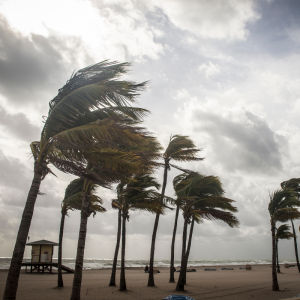
After hunkering down with your family and friends, and the storm has passed Collage activates the Hurricane Recovery phase of the plan which starts with an emergency meeting. The Project Manager is responsible for accounting for all the personnel. A thorough inspection of each project is conducted to assess any repairs which may be needed. Despite the disruptive nature of the event, before making repairs, ensure that all safety procedures have been implemented including the permitting of Hot Work, fall protection, lockout tag-out, smoking prohibitions (safe areas), etc.


